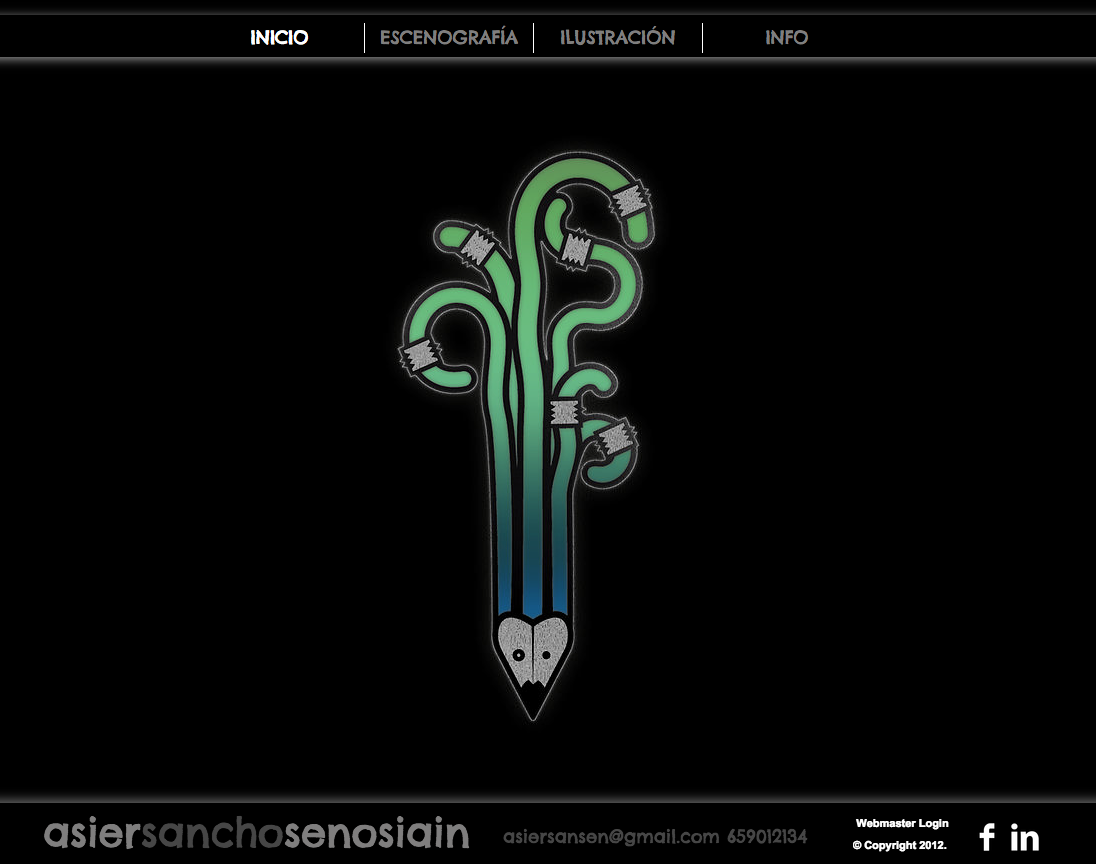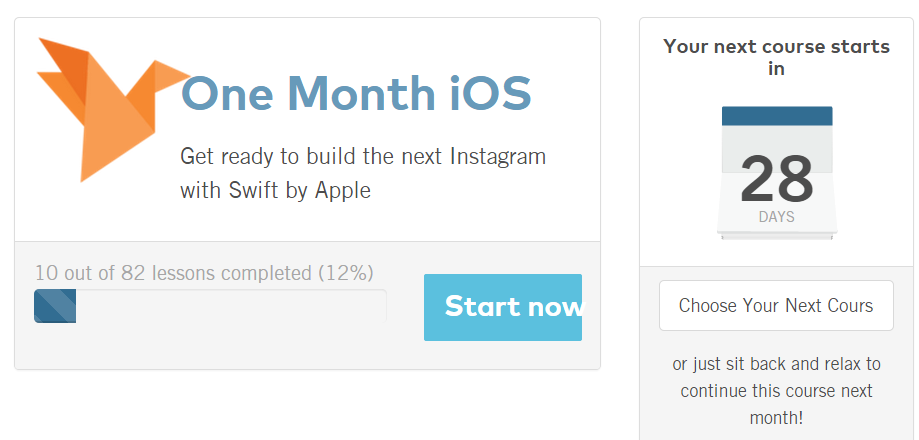Below are some mistakes I made as a new manager or have seen other new managers make.
Experienced managers still make some of these mistakes, though hopefully fewer:
 |
| Be proactive, not reactive. |
Performance Management
1. Being slow to deal with performance issues — Smoke becomes fire. If you take note of performance issues early you can give gentle corrective feedback. If you're too slow to notice you have to give stronger feedback, and the performance issues may be harder to reverse.
2. Not documenting poor performance — Documenting poor performance via email helps employees understand the gravity of the situation ("This email summarizes the discussion we just had") and it is also helpful to have on hand if it comes time to terminate the employee.
3. Not documenting good performance — Documenting good performance via email, to the employee alone or to a wider audience, is a great way to recognize their contributions to the team and company. It's also a good habit to regularly document good performance of team members for your own purposes, so you can remember what you want to praise them for at annual review time.
Career Development
4. Not getting to know your employees — It's great to know the names of all your employees' kids. It's even better to know the type of work each employee most likes to do, their particular pain points within the team or company, what their career objectives are (depth, breadth, management), or why they might be thinking about taking a different job or moving to a different company. You need to develop a rapport and level of trust with each employee before they'll start to share these things with you.
5. Not paying attention to your high-performing employees — If you're very satisfied with how an employee is performing you need to turn the tables and invest in making them more satisfied with their job. Find ways for them to do more of what makes them happy and less of what doesn't.
6. Not investing in developing your employees — Every employee needs to be developed, either to support the career development (and retention) of strong performers or to improve the performance of weaker employees. Every year you should be trying to raise the level of performance of every employee.
Leadership
7. Thinking too small — A successful leader is going to create growth and opportunity for their team. A leader who thinks small is unlikely to do either. Instead of planning how to grow your business 100%, plan how to grow it 10x or 100x.
8. Not explicitly allocating resources — Explicitly managing resources means prioritizing projects, specifying how many (or which) resources will work on each, and in what order. Highly effective teams may be able to self-organize extremely well. New managers give less effective teams too much freedom to self-organize, leading to sub-optimal resource allocation.
9. Poor delivery of unpopular decisions — The difference in how employees receive unpopular decisions often depends on how those decisions are delivered. The more important, or more unpopular, the decision, the greater the need to manage its delivery. In my experience, the best way to deliver unpopular decisions is at a team meeting where you have ample time to give the reasoning behind the decision and take Q&A. Good managers explain why the decision is made. Bad managers say, "Because the boss said so."
10. Being slow to resolve team pain points — New managers don't pay attention to or understand their team's pain points. Good managers are always tracking their team's pain points, devising strategies to reduce or resolve them, and then moving on to the next pain point.
Recruiting
11. Not investing in sourcing — Good managers source candidates themselves through their personal networks and take ownership over sourcing in other ways, treating any candidates that the recruiting department sends their way as gravy. Inexperienced managers are satisfied with whatever recruiting sends them.
12. Lazy recruiting — Good managers act quickly on any recruiting activity. They review resumes as soon as they come in, make time in their schedules for phone screens, sell their positions to candidates, make quick hiring decisions, and are aggressive in getting from offer to acceptance. New managers act more slowly. They trust the recruiting department to brief candidates on the position and handle other candidate communications. Lazy recruiting loses candidates to other companies or internal teams.
13. Reactive sourcing and recruiting — Bad managers wait until they have an approved position and a job description up on the company's website. Good managers are always sourcing and recruiting, and may be chatting up a prospective candidate today about a position they may not have open for a year or more.
Hiring
14. Not being clear on the requirements of the role — Inexperienced managers don't spend time thinking about exactly what they need from a new hire. They hire generic candidates with generic skills. Good managers have a more narrow profile in mind, which helps them write stronger job descriptions and generate more qualified candidates.
15. Lowering the bar — Inexperienced managers have low standards, or lower their standards, in an effort to make a hire. Good managers know that they're much better off keeping a high bar and waiting for the right candidate.
Organizational Development
16. Letting dotted lines proliferate — It sucks to have two bosses. Good managers seek to have clear lines of authority and prevent their employees from getting caught in the middle between competing bosses. Inexperienced managers let other managers carve out chunks of their resources.
17. Letting the team get swamped — Inexperienced managers keep piling more and more work on the team. Experienced managers either grow the team size to handle the increased load, or deflect the increased work. It takes an experienced manager who's earned the trust of leadership to push back effectively, or to effectively justify why the team needs more headcount.
18. Being reactive — Inexperienced managers need their bosses to tell them when their team is over or under-resourced or unbalanced. The team might have too few or too many resources, or it might be heavy or light on a certain role (e.g. QA:SDE ratio) given the other resources on the team. Experienced managers are anticipating how the needs of the team are going to change over time and then working proactively working to adapt their organization's size and structure.
Visibility
19. Taking the credit — New managers let themselves take credit for their team's work. Good managers attempt to redirect kudos and credit onto their team, or ideally, individual team members.
20. Forwarding the blame — New managers pin the blame on team members. "Joe was out of the office and wasn't able to finish this in time." Good managers put the blame on themselves and understand that any failing within the team is a failing of the leader.
Ian McAllister is GM and product leader at Amazon. For more from Ian, follow him on Twitter.
Read more: http://qr.ae/d5Dmf#ixzz3XV1FNo9q




.jpg)





















